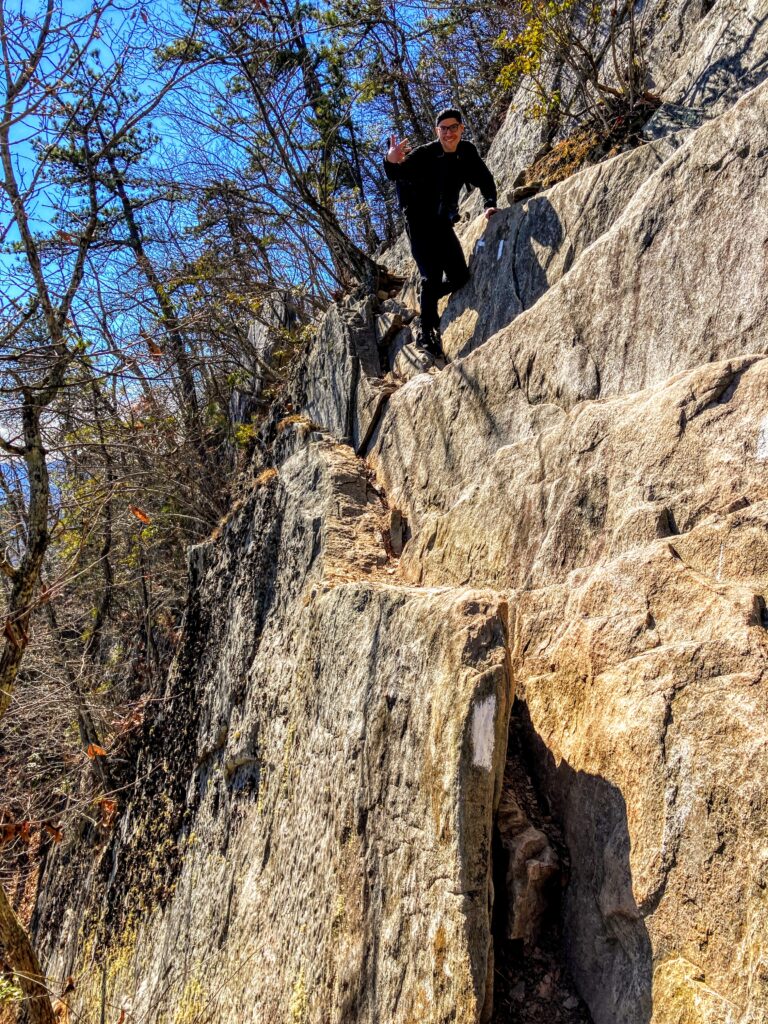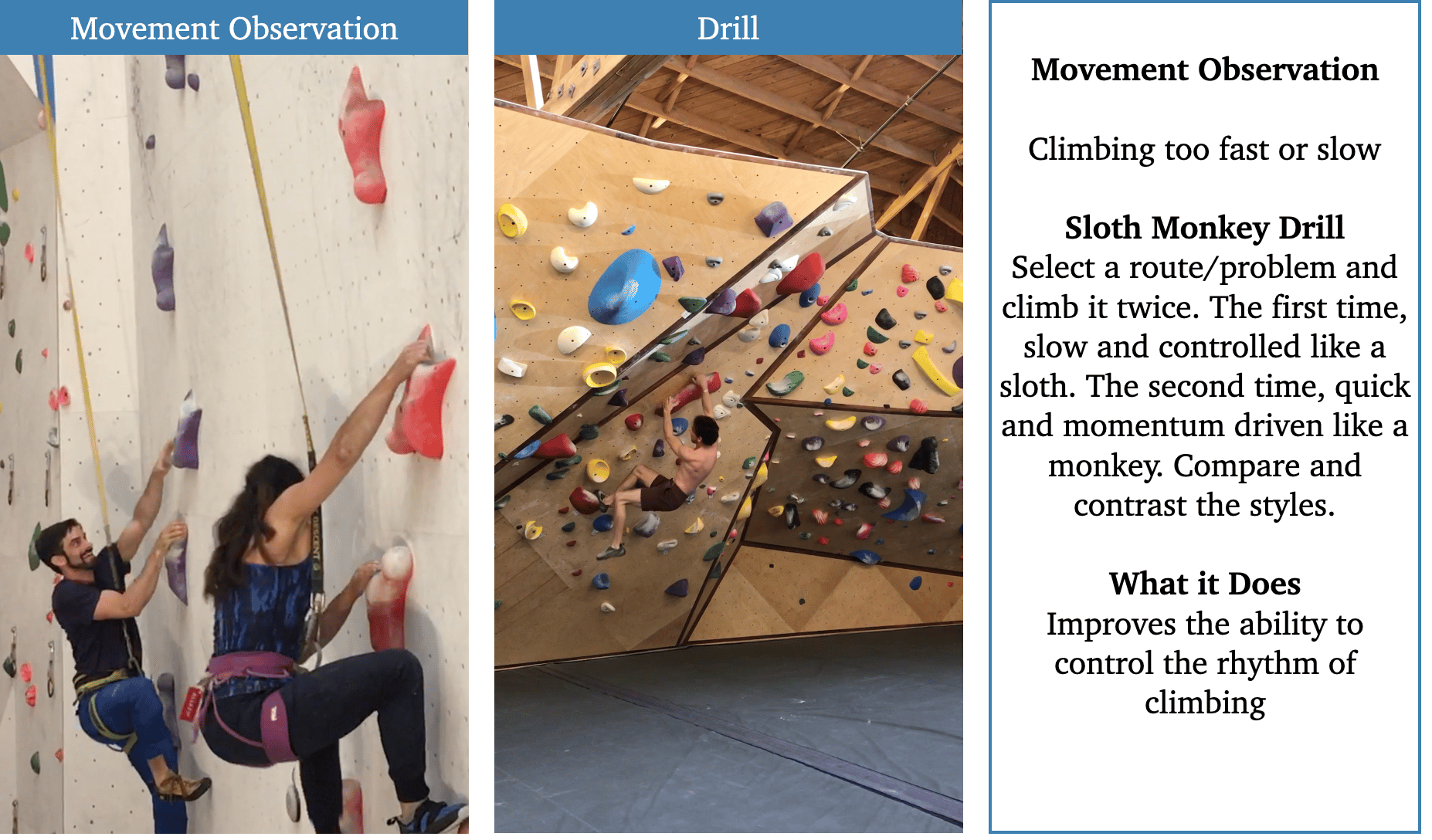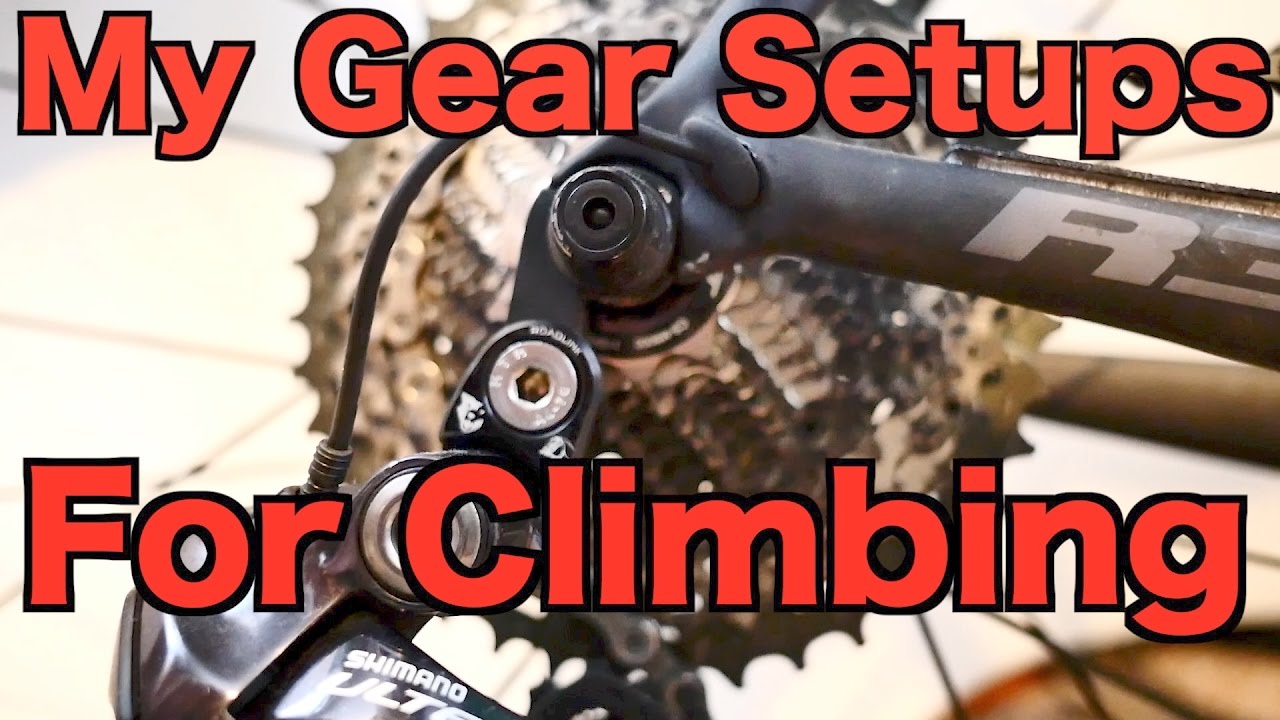🔥 Best MTB GEAR DEALS ON AMAZON
Mountain biking has gained immense popularity over the years, with more and more enthusiasts hitting the trails to experience the thrill and adventure it offers. One of the significant advancements in this sport is the introduction of tubeless tires for mountain bikes. But the question arises, can any MTB wheel be made tubeless? In this article, we will explore the concept of tubeless wheels, their benefits, and the factors to consider when converting your MTB wheels to tubeless.


Understanding Tubeless Wheels
Tubeless wheels, as the name suggests, are wheels that eliminate the need for an inner tube inside the tire. Instead, these wheels rely on a tight seal between the tire and rim to hold the air pressure, creating an airtight system. This setup offers several advantages over traditional tube tires, such as improved traction, reduced rolling resistance, and enhanced puncture resistance.
Benefits of Tubeless MTB Wheels
Improved Traction
Tubeless MTB wheels allow riders to run lower tire pressures without the fear of pinch flats. This lower pressure increases the tire’s contact patch with the ground, resulting in improved traction. Whether you’re tackling steep descents or maneuvering through technical corners, tubeless wheels provide superior grip, enhancing your overall riding experience.
Reduced Rolling Resistance
By eliminating the inner tube, tubeless wheels minimize friction between the tire and tube. This reduction in rolling resistance translates to a more efficient ride. With lower resistance, you can maintain higher speeds with less effort, allowing you to conserve energy, particularly during long rides or races.
Enhanced Puncture Resistance
Tubeless tires are designed with a sealant that fills punctures and seals small cuts automatically. This feature significantly reduces the chances of flats caused by thorns, sharp rocks, or other debris on the trail. Even if a puncture occurs, the sealant quickly seals the hole, allowing you to continue your ride without interruption.
Weight Savings
Another advantage of tubeless MTB wheels is the weight savings they offer. Without the need for an inner tube, the overall weight of the wheel is reduced. This reduction in weight results in improved acceleration and maneuverability, making your bike more responsive on the trails.
Factors to Consider for Tubeless Conversion
While the benefits of tubeless MTB wheels are clear, it’s essential to understand the factors to consider before converting your wheels.
Rim Compatibility
Not all MTB wheels are compatible with tubeless conversion. Some rims have specific design features that make them ready for tubeless setup, while others may require additional modifications. Look for rims with tubeless-ready or UST (Universal System Tubeless) labels for a hassle-free conversion process. These rims are designed with airtight seals and reinforced sidewalls to ensure a proper tubeless setup.
Rim Tape and Valve Installation
To convert your MTB wheels to tubeless, you’ll need to install rim tape to create an airtight seal. The tape covers the spoke holes and prevents air leakage. Additionally, you’ll need to install tubeless valves, which act as the air inlet/outlet. These valves allow you to inflate and deflate the tires easily. Choose high-quality rim tape and valves to ensure a reliable and durable tubeless setup. It’s important to properly clean the rim bed before applying the tape and ensure a tight fit to prevent air leaks.
Tire Compatibility
Not all tires are suitable for tubeless conversion. Look for tubeless-specific tires that have a reinforced bead and sidewalls designed to form a tight seal with the rim. These tires are often made with a thicker carcass to prevent air leakage and provide better durability. It’s crucial to choose the right tire width and tread pattern for your riding style and terrain conditions.
Sealant
After converting your MTB wheels to tubeless, it is essential to add sealant to the tires. The sealant not only seals punctures but also helps maintain the airtight seal between the rim and tire. It is recommended to check and replenish the sealant periodically to ensure maximum effectiveness. Different sealants have varying lifespans and viscosity, so choose one that suits your needs and climate conditions.
Patience and Practice
Converting your MTB wheels to tubeless can be a bit challenging, especially if you have never done it before. It requires patience and practice to ensure a proper seal between the tire and rim. Be prepared for some trial and error, as it may take a few attempts to achieve a successful conversion. Additionally, it’s crucial to follow the manufacturer’s instructions and seek guidance from experienced riders or professionals if needed. Practice removing and reinstalling the tires to become familiar with the process and ensure a seamless tubeless setup.
Conclusion
In conclusion, while not all MTB wheels can be made tubeless, many can. Converting your wheels to a tubeless setup offers numerous benefits, including improved traction, reduced rolling resistance, enhanced puncture resistance, and weight savings. However, it is crucial to consider factors such as rim compatibility, tire compatibility, and proper installation techniques. With the right equipment, patience, and practice, you can enjoy the advantages of tubeless MTB wheels and elevate your mountain biking experience. So, go ahead and explore the world of tubeless wheels, but remember to prioritize safety and follow the necessary guidelines to ensure a successful conversion. Happy riding!
FAQ
1. Can any MTB wheel be made tubeless?
Not all MTB wheels can be made tubeless. Some rims have specific design features that make them ready for tubeless setup, while others may require additional modifications. Look for rims with tubeless-ready or UST (Universal System Tubeless) labels for a hassle-free conversion process.
2. What are the benefits of tubeless MTB wheels?
Tubeless MTB wheels offer several benefits, including improved traction, reduced rolling resistance, enhanced puncture resistance, and weight savings. They allow riders to run lower tire pressures for better grip, minimize friction for a more efficient ride, seal punctures automatically, and reduce the overall weight of the wheel.
3. What factors should I consider for tubeless conversion?
Before converting your MTB wheels to tubeless, consider rim compatibility, rim tape, valve installation, tire compatibility, and sealant. Make sure your rims are tubeless-ready or can be modified, use high-quality rim tape and valves, choose tubeless-specific tires with reinforced bead and sidewalls, and add sealant to maintain an airtight seal.
4. What should I keep in mind during the tubeless conversion process?
During the tubeless conversion process, it’s important to be patient and practice. Converting your wheels may require some trial and error to achieve a proper seal. Follow the manufacturer’s instructions, seek guidance if needed, and practice removing and reinstalling the tires to become familiar with the process.




